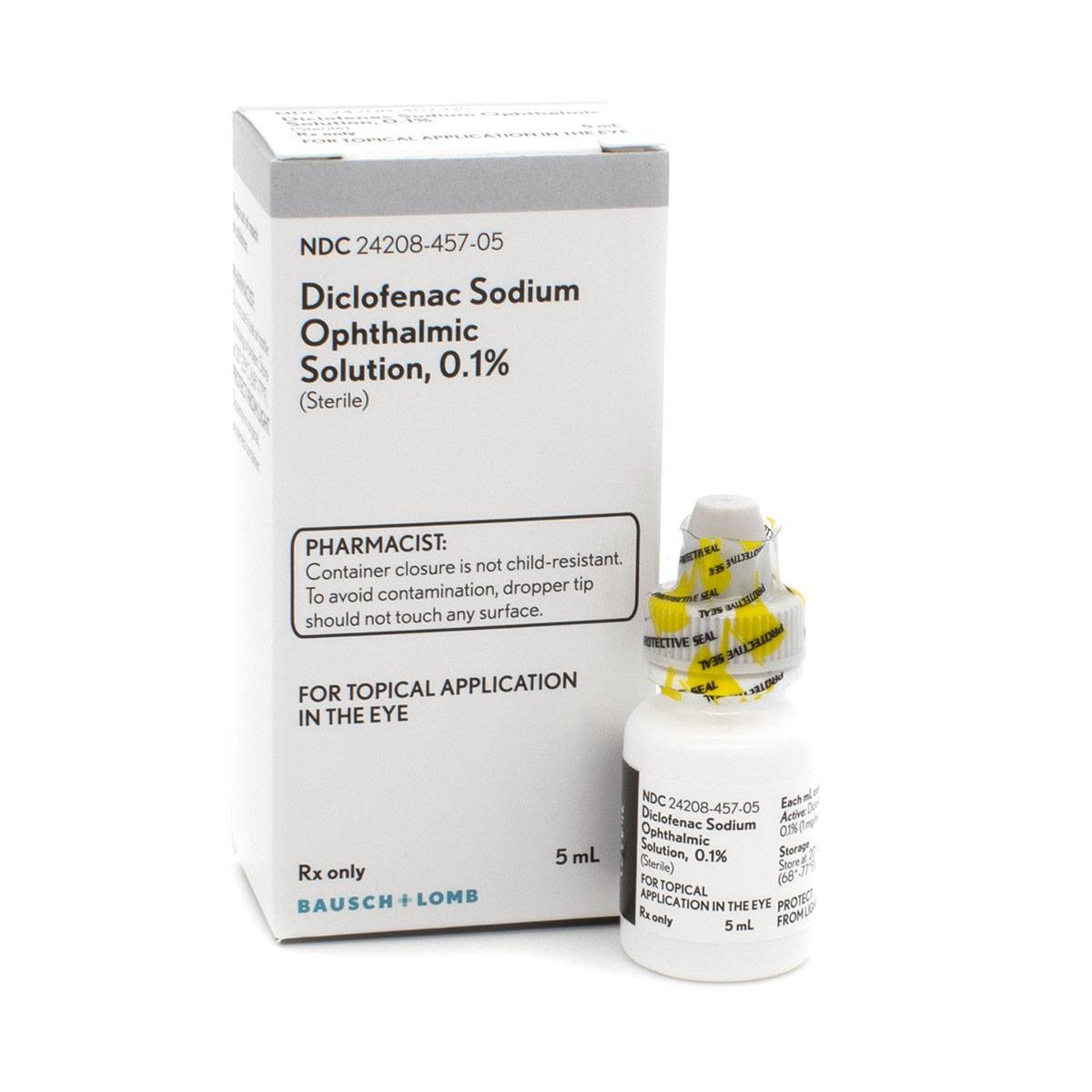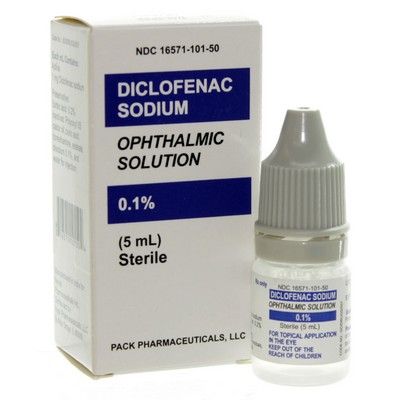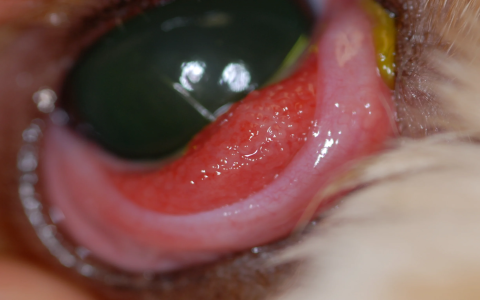Alright, so let me tell you about this whole diclofenac sodium ophthalmic solution thing for dogs. It’s one of those things you hope you never need, but then, bam, your furry buddy’s got an eye looking angrier than a wet cat.
How It All Started
So, my old boy, Max – he’s a Lab mix, heart of gold but clumsy as a newborn foal sometimes – he started squinting real bad one Tuesday. One eye was all red and watery, and he kept pawing at it. You know how it is, your gut just clenches up. First, you think, “Oh, he just got some dust in it, it’ll pass.” But by Wednesday morning, it was no better. Looked like he’d gone a few rounds with a heavyweight champ and lost.

So, off to the vet we went. Dr. Miller, she’s usually pretty good, took a look. Did the whole stain test thing, peered in there with her little light. Said it looked like some sort of inflammation, maybe uveitis, or he could’ve scratched it doing who-knows-what in the backyard. Dogs, right? They don’t exactly tell you, “Hey, I think I ran into a rose bush face-first.”
The Prescription and The “Fun” Part
Anyway, she prescribed this diclofenac sodium ophthalmic solution. Said it was an anti-inflammatory, supposed to help with the pain and swelling. Sounded good to me. Anything to make him feel better. Got the little bottle, wasn’t cheap, but what is these days when it comes to pets, eh?
Now, here’s where the real “practice” began. If you’ve ever tried to put eye drops in a dog’s eye, especially a dog who’s not exactly thrilled about it and whose eye is already sore, you know it’s an Olympic sport. It’s not like they just sit there and say, “Ah yes, proceed with the medication.”
My method, after a few messy attempts, went something like this:
- Preparation: Get the bottle ready, cap off. Grab a high-value treat. This is key. Don’t even think about starting without the bribe.
- The Approach: I’d sit on the floor, get Max to sit between my legs, facing away from me. Kind of a gentle headlock, but not really. More like a supportive cuddle he couldn’t easily squirm out of.
- The Execution: With one hand, I’d gently tilt his head back and use my thumb to pull down the lower eyelid just a tad. The other hand, armed with the dropper, would swoop in. Aim for the little pocket you create. One drop. Quick!
- The Aftermath: Instant treat. Lots of “good boys!” Even if half the drop ended up on his fur. You gotta reward the effort, his and yours.
We had to do this twice a day. For a whole week. The first couple of days were a rodeo. Max would try to turn his head, blink like crazy, sometimes he’d even try to back away. I ended up with more solution on my hands than in his eye sometimes, I swear. You just gotta be patient, stay calm, because if you get frustrated, they pick up on it, and it just gets worse. It’s like trying to reason with a toddler sometimes, except the toddler has fur and can bolt.
Did It Work? The Outcome
So, after a few days of this routine, I started to see a difference. The redness began to fade, and he wasn’t squinting as much. He stopped pawing at his eye, which was a huge relief. By the end of the week, his eye looked pretty much back to normal. We had a follow-up with Dr. Miller, and she confirmed it was looking good. Inflammation gone.
It’s always a bit of a gamble with these things, isn’t it? You’re putting your trust in the vet, in the medicine, and hoping for the best. Sometimes it feels like you’re just throwing stuff at the wall to see what sticks, especially when they can’t tell you what’s wrong. But this time, the diclofenac stuff did the trick.

So yeah, that was my little adventure with doggy eye drops. It’s never fun seeing your buddy in pain, and the whole process of medicating them can be a real pain in the neck. But when it works out, and they’re back to their happy, tail-wagging selves, it’s all worth it. Just gotta hang in there, and keep the treats handy. Always keep the treats handy.






